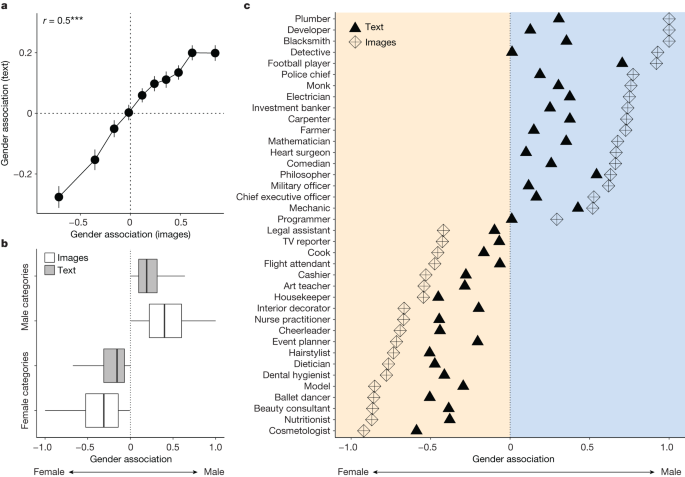2024-02-14 マサチューセッツ工科大学(MIT)

A new MIT study sheds light on how the heart responds to ventricle assist devices (VADs), which are often used to treat patients with a failing left ventricle. The VAD includes a pump that helps to pump blood out of the left ventricle (at right in the image) into the aorta (the large pink vessel).
Credits:Image: Jose-Luis Olivares, MIT
◆MITの研究者たちは、この不均衡がなぜ起こるのかを発見し、それを引き起こす要因を特定しました。さらに、特定の患者にこの機能不全が起こるかどうかを医師が判断するのに役立つテストを開発しました。これにより、医師がこれらのポンプ(心室補助装置)の使用を決定する際により自信を持つことができます。
<関連情報>
- https://news.mit.edu/2024/new-test-predict-heart-attack-patients-response-mechanical-pumps-0214
- https://www.science.org/doi/10.1126/scitranslmed.adk4266
心原性ショックのブタモデルにおいて、動的負荷調節が左心室補助人工心臓の右心への耐性を予測する Dynamic load modulation predicts right heart tolerance of left ventricular cardiovascular assist in a porcine model of cardiogenic shock
KIMBERLY K. LAMBERTI, STEVEN P. KELLER, AND ELAZER R. EDELMAN
Science Translational Medicine Published:14 Feb 2024
DOI:https://doi.org/10.1126/scitranslmed.adk4266
Editor’s summary
When the heart fails to pump enough blood to the body, left ventricular assist devices are given to patients, but these devices sometimes cause right ventricle decompensation resulting in worsening heart failure. Lamberti et al. investigate this decompensation in a porcine model of cardiogenic shock, where the animals received a percutaneous ventricular assist device. The authors applied different stress stimuli to the two ventricles and varied the device speed to measure characteristics that could influence right ventricle response to left ventricle support. They discovered that pulmonary vascular compliance was a key factor. They confirmed this finding in a retrospective dataset of eight patients with cardiogenic shock receiving a left ventricular assist device. This study provides a way to predict how patients will respond to left heart support, thus helping to improve clinical decision making. —Brandon Berry
Abstract
Ventricular assist devices (VADs) offer mechanical support for patients with cardiogenic shock by unloading the impaired ventricle and increasing cardiac outflow and subsequent tissue perfusion. Their ability to adjust ventricular assistance allows for rapid and safe dynamic changes in cardiac load, which can be used with direct measures of chamber pressures to quantify cardiac pathophysiologic state, predict response to interventions, and unmask vulnerabilities such as limitations of left-sided support efficacy due to intolerance of the right heart. We defined hemodynamic metrics in five pigs with dynamic peripheral transvalvular VAD (pVAD) support to the left ventricle. Metrics were obtained across a spectrum of disease states, including left ventricular ischemia induced by titrated microembolization of a coronary artery and right ventricular strain induced by titrated microembolization of the pulmonary arteries. A sweep of different pVAD speeds confirmed mechanisms of right heart decompensation after left-sided support and revealed intolerance. In contrast to the systemic circulation, pulmonary vascular compliance dominated in the right heart and defined the ability of the right heart to adapt to left-sided pVAD unloading. We developed a clinically accessible metric to measure pulmonary vascular compliance at different pVAD speeds that could predict right heart efficiency and tolerance to left-sided pVAD support. Findings in swine were validated with retrospective hemodynamic data from eight patients on pVAD support. This methodology and metric could be used to track right heart tolerance, predict decompensation before right heart failure, and guide titration of device speed and the need for biventricular support.


